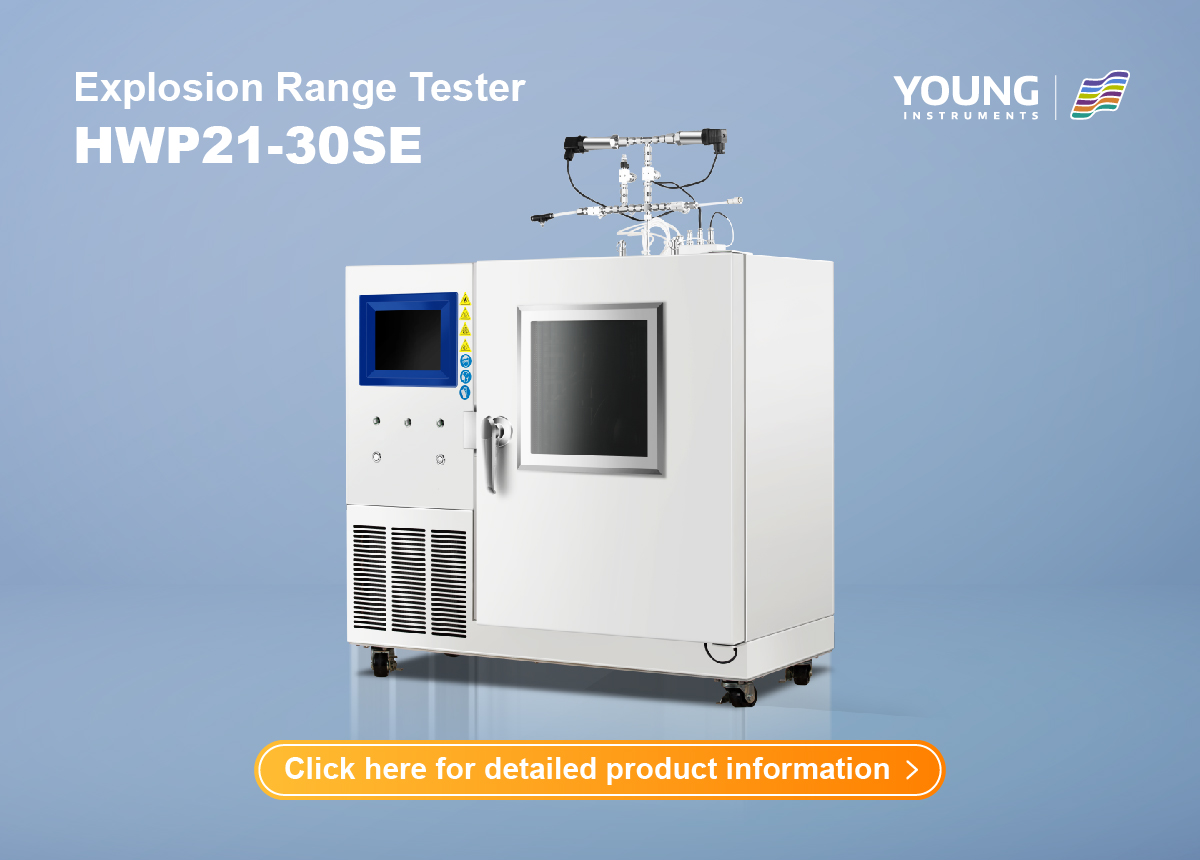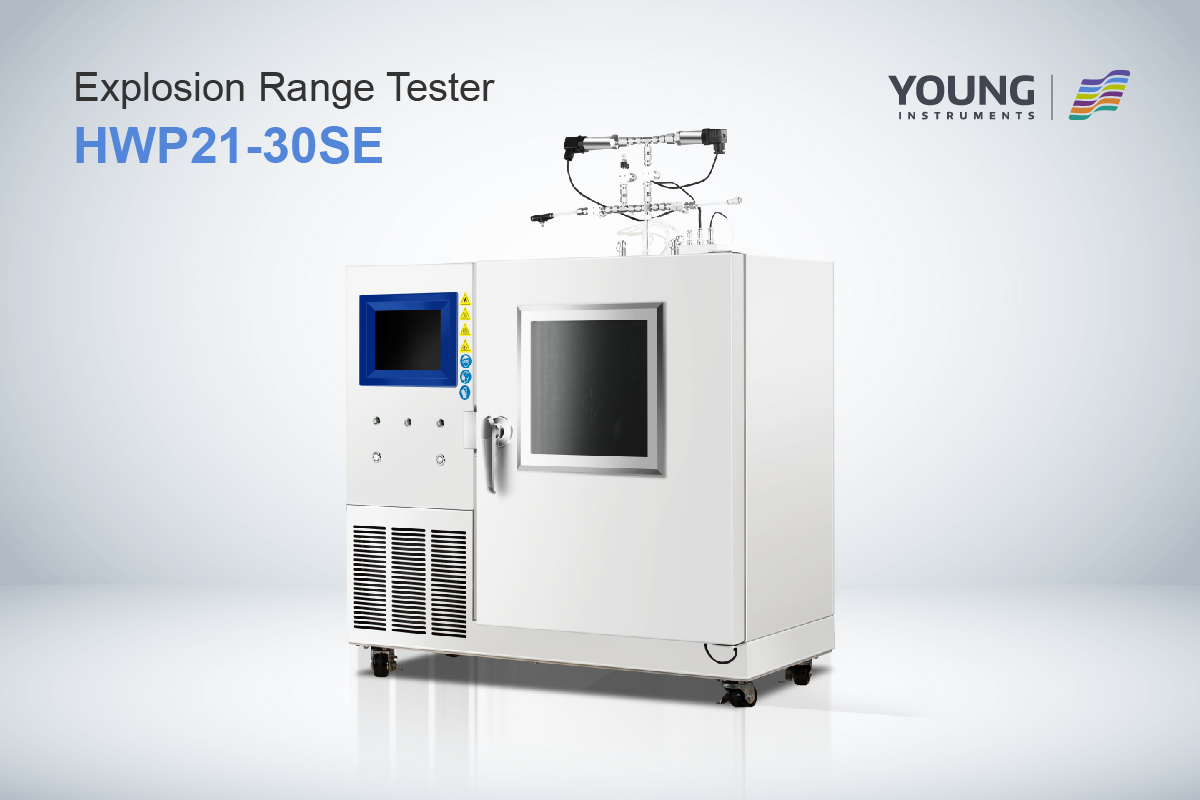Explosion Limit Testing Device: What It Is and How It Works
Explosion limit testing devices are designed to detect the concentration of flammable gases or vapors in the air and provide warnings or alarms when the concentration reaches or exceeds a potentially dangerous level. These devices are crucial in ensuring the safety of workers and preventing catastrophic accidents in industrial settings.
Explosion limit testing devices are used in a variety of industries, including oil and gas, chemical, and manufacturing. They are often required by law to be installed in facilities that handle hazardous materials. These devices come in different types and models, each with its own set of features and capabilities. Some are portable and handheld, while others are fixed and mounted in specific locations.
Whether you are an employer responsible for the safety of your workers or an individual looking to purchase an explosion limit testing device for personal use, it is important to understand the different types of devices available and their functions. By doing so, you can make an informed decision and choose the device that best meets your needs.
Fundamentals of Explosion Limits
Explosion Limits Concepts
Explosion limits refer to the concentration range of a flammable gas or vapor in air that can result in an explosion. There are two types of explosion limits: the lower explosion limit (LEL) and the upper explosion limit (UEL). The LEL is the minimum concentration of the gas or vapor in air that can ignite and propagate a flame. The UEL is the maximum concentration of the gas or vapor in air that can ignite and propagate a flame.
The LEL and UEL are important parameters to consider when designing and operating equipment that handles flammable gases or vapors. Operating equipment outside of this concentration range can result in explosions, fires, and other hazards.
Importance of Testing
Explosion limit testing is important for ensuring the safe operation of equipment that handles flammable gases or vapors. Testing can determine the LEL and UEL of a gas or vapor mixture, which can help prevent explosions and fires.
There are various methods for determining explosion limits, such as the tube method and the bomb method. These methods involve introducing a gas or vapor mixture into a test chamber and measuring the concentration at which an explosion occurs.
Explosion limit testing devices are designed to accurately measure the LEL and UEL of gases and vapors. These devices can provide real-time monitoring of gas concentrations to ensure that equipment is operating within safe limits.
Overall, understanding the fundamentals of explosion limits and the importance of testing can help prevent accidents and ensure the safe handling of flammable gases and vapors.
Design of Explosion Limit Testing Devices
Explosion limit testing devices are designed to measure the concentration of flammable gases or vapors in the air and provide warnings or alarms when the concentration reaches or exceeds a potentially dangerous level. These devices are typically used in industrial settings where flammable gases or vapors are present and can pose a significant risk to workers and equipment.
Components and Materials
The design of explosion limit testing devices typically includes a number of key components and materials. These devices are typically made from high-quality materials such as stainless steel or aluminum, which are able to withstand high temperatures and pressures. They also include a number of electronic components such as sensors, alarms, and displays, which are used to measure and display the concentration of flammable gases or vapors in the air.
In addition, explosion limit testing devices may also include other components such as pumps, filters, and regulators, which are used to control the flow of gases or vapors through the device. These components are typically designed to be easy to use and maintain, and may be available in a range of different sizes and configurations to suit different applications.
Sensor Technology
One of the most important components of explosion limit testing devices is the sensor technology used to measure the concentration of flammable gases or vapors in the air. There are a number of different sensor technologies available, each of which has its own strengths and weaknesses.
For example, some devices may use catalytic bead sensors, which are designed to detect the presence of flammable gases by measuring the heat generated by a chemical reaction. Other devices may use infrared sensors, which are able to detect the presence of flammable gases or vapors by measuring the absorption of infrared light.
Regardless of the sensor technology used, explosion limit testing devices are designed to be highly accurate and reliable, and are typically calibrated on a regular basis to ensure that they are providing accurate readings. Overall, the design of explosion limit testing devices is focused on providing a high level of safety and protection in industrial settings where flammable gases or vapors are present.
Operating Procedures
Preparation and Safety Protocols
Before using the Explosion Limit Testing Device, it is important to ensure that you have taken all necessary safety precautions. This includes wearing appropriate personal protective equipment (PPE) such as safety goggles, gloves, and a lab coat. You should also ensure that the testing area is well-ventilated and free of any potential sources of ignition.
Next, you should prepare the device for testing. This involves checking that all components are properly installed and that the device is calibrated correctly. You should also ensure that the sample gas is properly connected to the device and that the gas flow rate is set to the appropriate level.
Step-by-Step Testing Guide
Once the device is properly prepared, you can begin testing. The following is a step-by-step guide to using the Explosion Limit Testing Device:
- Turn on the device and allow it to warm up for the recommended amount of time.
- Select the appropriate testing method based on the sample being tested.
- Set the device to the appropriate testing parameters, including the gas flow rate and test duration.
- Insert the sample gas into the device and start the test.
- Monitor the device throughout the test to ensure that it is functioning properly and that the results are accurate.
- Once the test is complete, record the results and compare them to the appropriate regulatory standards.
It is important to follow these steps carefully to ensure that the results are accurate and reliable. Additionally, it is important to properly maintain and calibrate the device to ensure that it continues to function properly over time. By following these procedures, you can ensure that you are using the Explosion Limit Testing Device safely and effectively.
Data Analysis and Interpretation
Understanding Test Results
After conducting an explosion limit test, the data collected needs to be analyzed and interpreted to understand the results. The test results can be represented graphically and statistically to provide a clear picture of the explosion limit of a particular gas or vapor.
One way to represent the data is through a graph, where the percentage of gas or vapor concentration is plotted against the percentage of oxygen in the air. The point at which the graph intersects the x-axis represents the lower explosion limit (LEL), and the point at which it intersects the y-axis represents the upper explosion limit (UEL). By analyzing the graph, you can determine the range of concentrations where an explosion can occur.
Another method of analyzing test results is through statistical analysis. The binomial distribution method is commonly used to analyze test results. This method categorizes the data as either a success or a failure, where a success is defined as an explosion occurring, and a failure is defined as no explosion occurring. By analyzing the data using this method, you can determine the probability of an explosion occurring at a particular concentration.
Software and Data Management
To manage the data collected during an explosion limit test, software can be used to store, analyze, and interpret the results. The software can be used to generate graphs and statistical analysis, making it easier to interpret the data. It can also be used to store the data for future reference.
Data management is an essential aspect of explosion limit testing. It is crucial to keep accurate records of the test results, including the gas or vapor tested, the concentration levels, and the conditions under which the test was conducted. This information can be used to compare results from different tests and to identify any trends or patterns in the data.
In conclusion, data analysis and interpretation are critical aspects of explosion limit testing. By understanding the results and using software and data management techniques, you can ensure accurate and reliable test results.
Maintenance and Troubleshooting
Routine Device Maintenance
To ensure the reliable operation of your explosion limit testing device, regular maintenance is necessary. Here are some tips for routine device maintenance:
- Keep the device clean and free of debris. Use a soft, dry cloth to remove any dirt or dust from the surface of the device.
- Check the device’s power source regularly to ensure it is functioning correctly. Replace batteries as needed.
- Inspect the device’s sensor and probe for any signs of damage or wear. Replace any damaged components immediately.
- Calibrate the device regularly to ensure accurate readings. Follow the manufacturer’s instructions for calibration.
Common Issues and Solutions
Despite regular maintenance, your explosion limit testing device may encounter some issues. Here are some common issues and solutions:
- Device not turning on: Check the battery compartment to ensure the batteries are inserted correctly and have sufficient charge. If the batteries are fine, try replacing them with new ones.
- Inaccurate readings: If the device is providing inaccurate readings, try recalibrating it. If the issue persists, check the sensor and probe for damage or wear and replace them if necessary.
- Device not detecting gas: If the device is not detecting gas, check the sensor and probe for any obstructions or damage. Ensure that the device is properly calibrated and that the gas concentration is within the device’s detection range.
- Device giving false alarms: If the device is giving false alarms, check the sensor and probe for any obstructions or damage. Ensure that the device is properly calibrated and that the gas concentration is within the device’s detection range.
By following these routine maintenance tips and troubleshooting solutions, you can ensure that your explosion limit testing device is functioning correctly and providing accurate readings.




































